Distributed energy resources.
Powering the future, today.
Distributed Energy Resources (DERs) are transforming the global energy landscape, and our domain expertise enables companies to move fast, capture new revenue, and scale with confidence. Whether you're building a product to bring to market or managing grid resilience as a utility, DERs represent both a challenge and an opportunity.
We’re a solution-led services partner, designing everything from software systems to custom hardware—always guided by our clients’ needs. The capabilities shared here are examples—not a catalogue. Every solution we deliver starts with understanding your unique challenges, and ends with a tailored, purpose-built system that meets them head-on.
What are (DER)?
Distributed Energy Resources
Wind
Solar PV
Electric Vehicles
Battery Storage
The energy market is changing.
- Grid decentralisation is driving complexity.
- Customers expect real-time, low-cost, sustainable solutions.
- Regulatory and market incentives are rewarding flexibility.
Intelligent orchestration
through technology.
Have a DER-related challenge?
Let’s solve it together.
Let's talk about how Full Stack Energy can create a custom solution for your business.Whether you’re a utility, OEM, or clean energy innovator, Full Stack Energy will work with you to engineer custom solutions based on your exact needs. We don’t sell products—we deliver answers.
